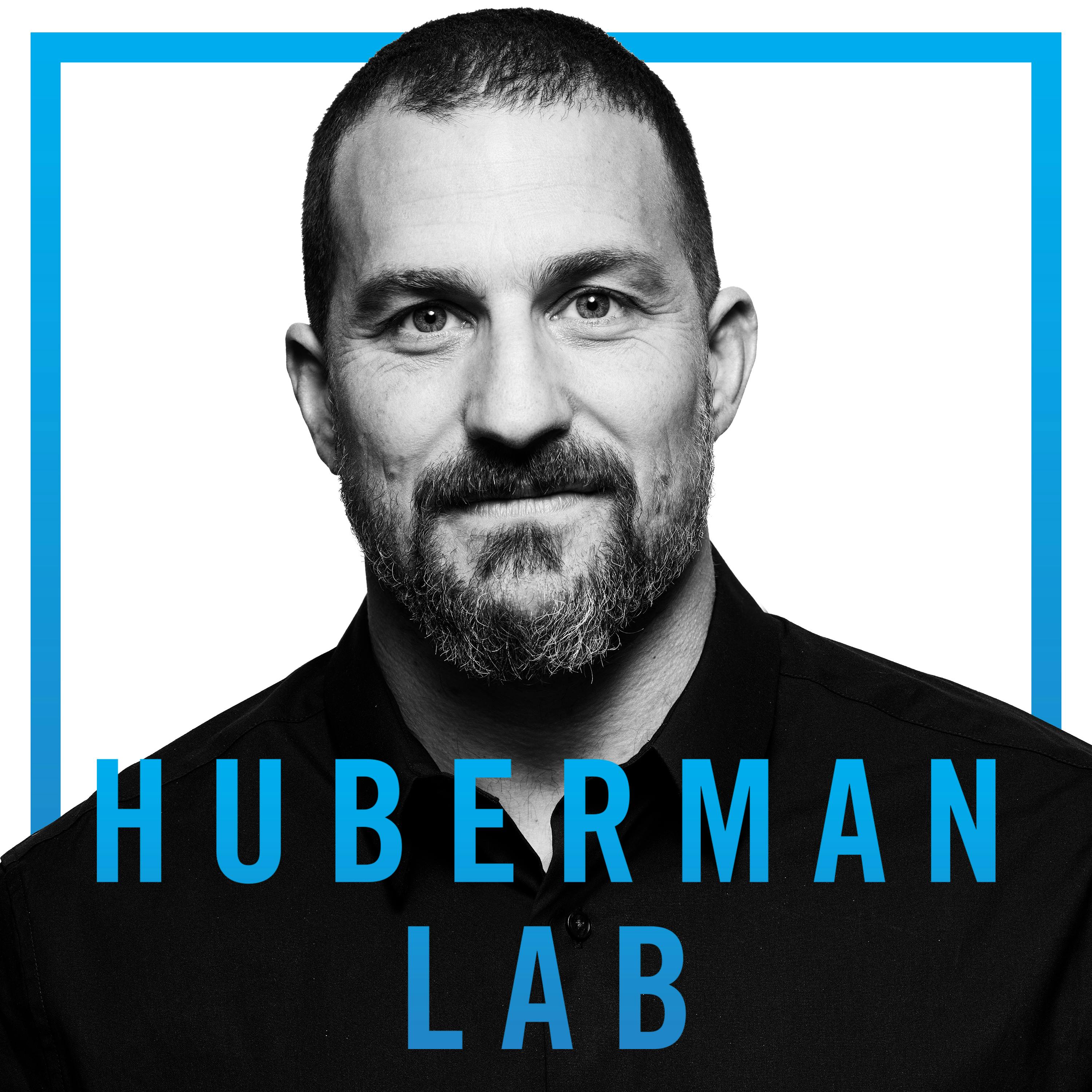Chapter

Combining Cardiovascular and Hypertrophy Training
A recent study shows that there are advantages to being physically fit when it comes to growing muscle, and there is no clear evidence that cardiovascular training disrupts hypertrophy progression. It is suggested to do cardiovascular exercises after or on separate days from hypertrophy training, and to replenish muscle glycogen with extra carbohydrates after depleted training.
Clips
Elevated levels of AST compared to ALT in the blood may indicate muscle damage and can provide insight into total muscle mass.
3:58:28 - 4:00:11 (01:42)
Summary
Elevated levels of AST compared to ALT in the blood may indicate muscle damage and can provide insight into total muscle mass.
ChapterCombining Cardiovascular and Hypertrophy Training
EpisodeGUEST SERIES | Dr. Andy Galpin: Optimal Protocols to Build Strength & Grow Muscles
PodcastHuberman Lab
HRV is an effective marker to measure the effects of training, being more sensitive to changes than something like a resting heart rate.
4:00:11 - 4:01:56 (01:44)
Summary
HRV is an effective marker to measure the effects of training, being more sensitive to changes than something like a resting heart rate. Overreacting to a single-day measure should be avoided, as analyzing the long-term training progress is essential to make decisions about what to do.
ChapterCombining Cardiovascular and Hypertrophy Training
EpisodeGUEST SERIES | Dr. Andy Galpin: Optimal Protocols to Build Strength & Grow Muscles
PodcastHuberman Lab
It is possible to perform cardiovascular training for two to three days per week while still maintaining hypertrophy progression as long as the intensity is low enough.
4:01:56 - 4:10:50 (08:54)
Summary
It is possible to perform cardiovascular training for two to three days per week while still maintaining hypertrophy progression as long as the intensity is low enough. A recent study has shown that prior endurance work could lead to more muscle growth in the subsequent hypertrophy training.